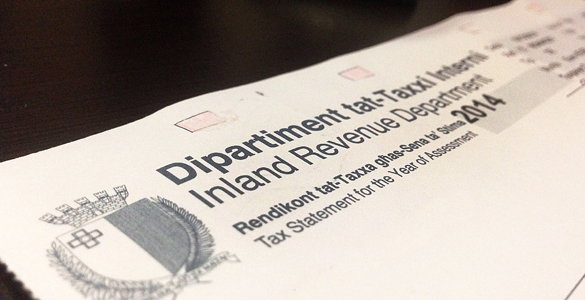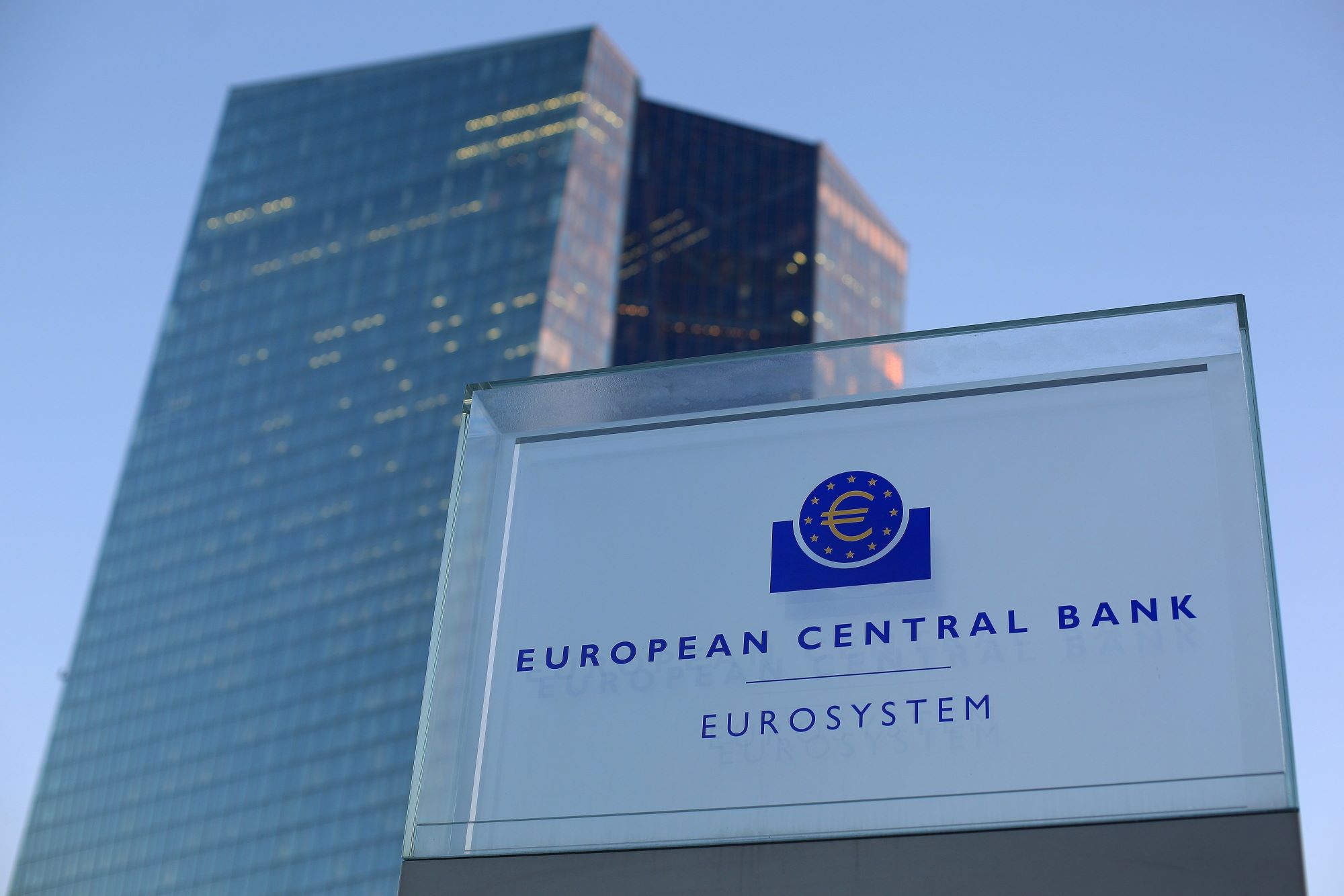A further 2.5 per cent interest rate hike by the European Central Bank risks making loan repayments for first-time buyers and low-income borrowers challenging, pushing them to spend more than 40 per cent of their income to service their property loans.
Since July, interest rates by the ECB were raised two per cent with the intent of lowering inflation (10 per cent in the Eurozone, 7.2 per cent in Malta as of November 2022) by making borrowing more expensive and saving more attractive. However thus far, interest rates of local banks have remained unchanged.
Raising interest rates is a double-edged blade, however, since higher interest rates may make current loans more expensive, which in turn increases the number of non-performing loans (NPLs) decreasing banks’ profits. The Central Bank of Malta (CBM) studied which groups of borrowers would be vulnerable to interest rate hikes, should local banks go down that road, going up to 250 basis points (2.5 per cent), using loan data between Q4 of 2020 and Q2 of 2022.
It is not anticipated that a 1.5 per cent interest rate hike would have a noticeable impact on borrowers, this being something that local banks have already prepared for thanks to Directive 16 issued in 2019 by the Central Bank, but a 2.5 per cent hike would burden households, with a quarter of loans expected to exceed the 40 per cent for the loan service-to-income (LSTI) threshold (i.e. a household would spend more than 40 per cent of its income to service the loan).
Malta’s banks have not yet raised interest rates due to their strong liquidity position, and from operating by lending out depositor’s savings, rather than lending out money borrowed from larger institutions such as the ECB, shielding the banks from international upheaval.
It was found that first-time buyers were particularly exposed to risk, especially those with a loan-to-value of more than 80 per cent, a loan-to-income of more than six times, and a term to maturity of more than 30 years.
However, it was noted that first-time buyers tend to be young with a weighted average age of 31, meaning they are more likely to have a higher income in the following years, therefore reducing the proportion of their income spent servicing loans. Furthermore, since their loans are most often tied to their primary residence, they are less likely to default, and more likely to adjust their consumption habits to ensure they can fulfil their repayment obligations. The analysis also did not factor in the possibility that these borrowers would make use of their savings to facilitate loan repayment.
The second at-risk group was low-income borrowers, earning below €25,331 a year, who make up to five per cent of the value of total loans granted in the period assessed. In the scenario of a 2.5 per cent hike, they may be required to spend nearly 42 per cent of their income servicing loans, above the 40 per cent threshold.
The CBM does note that the cost-of-living adjustment mechanism for 2023 (€9.90) and potential wage increases were not factored into the analysis, which may seriously dampen the blow of the interest rate hike for the lowest income bracket analysed.
Aside from borrowers’ ability to repay loans, banks’ ability to issue them would be impacted by a 2.5 per cent hike, especially to maintain LSTI below 40 per cent. The outcome of such an effort would be a reduction of loan value by a median of eight per cent (approximately €40 million), requiring borrowers to either make up the difference or opt to buy cheaper property than they would have otherwise intended. This dynamic may potentially impact both the property market and banks’ profitability from new lending. But it is of note that, a €40 million drop would only be equal to 2.3 per cent of credit granted in the period assessed.
To ensure that debt remains sustainable considering higher interest rates, strong economic growth is also required. Presently, debt is growing faster than assets and income, indicating that households are more leveraged, with household debt at 24 per cent of financial assets, and 87 per cent of disposable income.
Top 5% of taxpayers responsible for one-third of all income tax paid in Malta
On the other hand, the bottom third of income earners pay just 1.7% of all income tax generated
The Malta Institute of Accountants prepares for its 2024 Anti-Money Laundering Conference
Held at the Radisson Blu, St Julians, this latest AML Conference promises to bring exclusive insights on new procedures
Eurozone interest rates to remain unchanged
The European Central Bank noted that price pressures remain persistent






